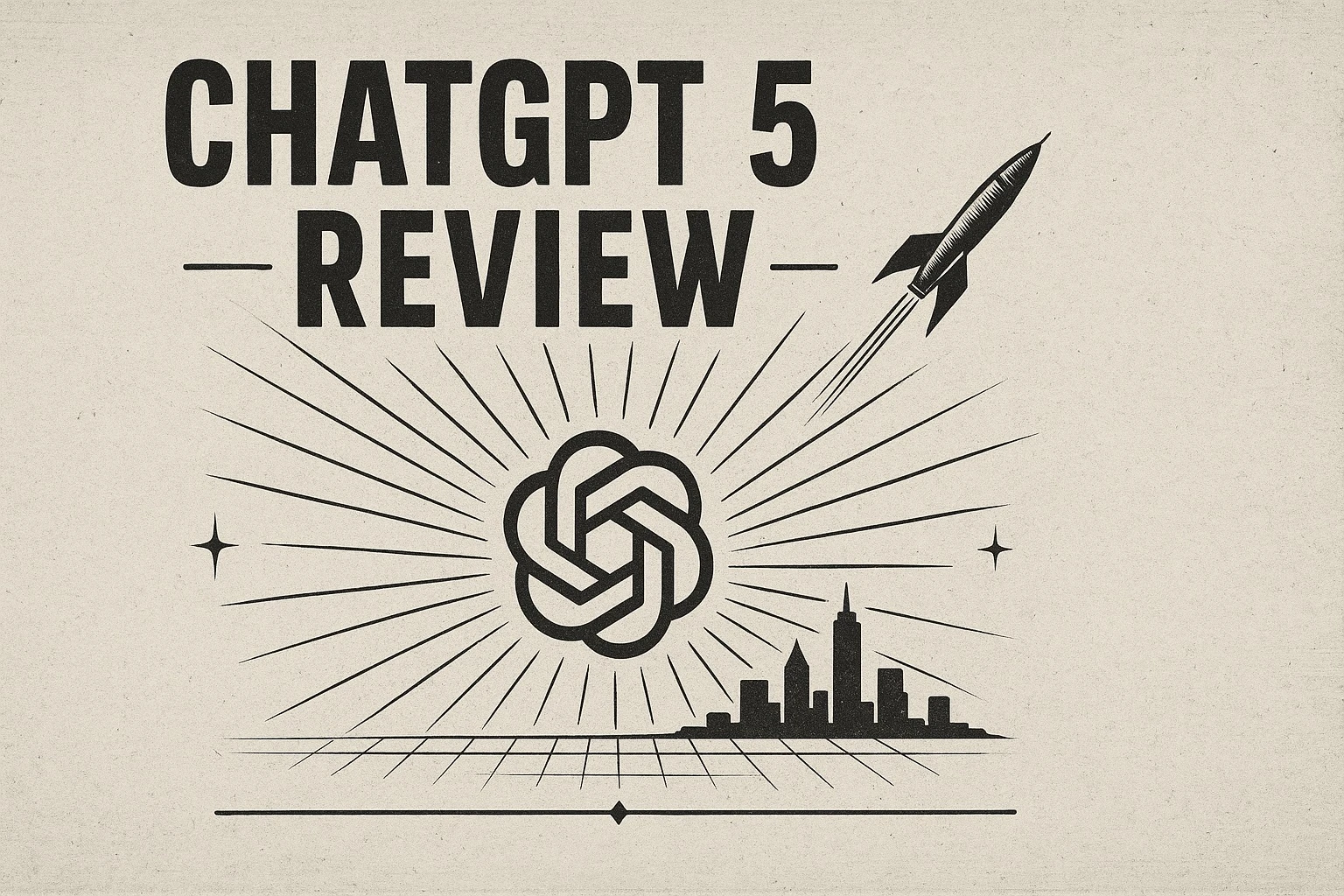ChatGPT5 Review Notes

Introduction
Over the past two years, ChatGPT has shifted from a collection of separate models to something far more seamless and intuitive. These are my early impressions of ChatGPT-5, focusing on the new modes, how they've changed the way I work, and what it feels like compared to previous versions.
Key Observations
• ChatGPT-5 brings in an Auto mode that automatically selects the best underlying model for each task. No more switching between GPT-4, GPT-4.5, or older reasoning models - it handles that choice for you.
• If you prefer to choose manually, the list has been pared down to:
- Instant -- quick tasks and lightweight conversations
- Thinking -- Standard or Extended for deeper reasoning and problem-solving
- Pro -- research-level detail and analysis
(After a bit of a user backlash, ChatGPT 4o is still available under Legacy models).
• ChatGPT now behaves like a single, adaptive brain rather than a jumble of separate models. It feels closer to how you'd expect an AI agent to behave.
Mode Breakdown
Instant Mode
Great for fast answers and lightweight tasks. It's sharp and concise, without the rambling tone GPT-4 sometimes had. The trade-off: it can feel a little less personable and warm.
Thinking Mode (Standard & Extended)
Best for complex, multi-step work, like:
- Coding and refactoring
- Research
- Planning
- Strategic problem-solving
Similar to the old reasoning models (0.3 and 0.4), but steadier and less prone to getting stuck in loops. Standard is a balance between speed and depth, while Extended takes its time for more involved reasoning.
Pro Mode
The deep-dive mode. Slower, but produces thorough, carefully considered outputs. Ideal for situations where precision and depth are non-negotiable - like designing complex workflows or analysing tricky problems.
Reflections
This release marks a real change in how I work with ChatGPT. Instead of constantly deciding which model to use, I can focus on the actual task and let the system adapt. Auto Mode still has moments where it overshoots and goes heavier than needed, but it's heading in the right direction.
Two years ago, I was just experimenting with prompts for fun. Now I'm building structured agent workflows and treating ChatGPT as a partner in my work - a shift I wouldn't have predicted back then.
Closing Thoughts
ChatGPT-5 combines speed, reasoning, and depth in a way that feels more natural and less fragmented. The next step for me will be testing Agent Mode and seeing how far this adaptability can go in automating real-world workflows.
Even in these early days, it's clear that the era of picking and swapping between separate models is behind us. Now it's about how well we can design and collaborate with these systems as they become more like true partners in our work.